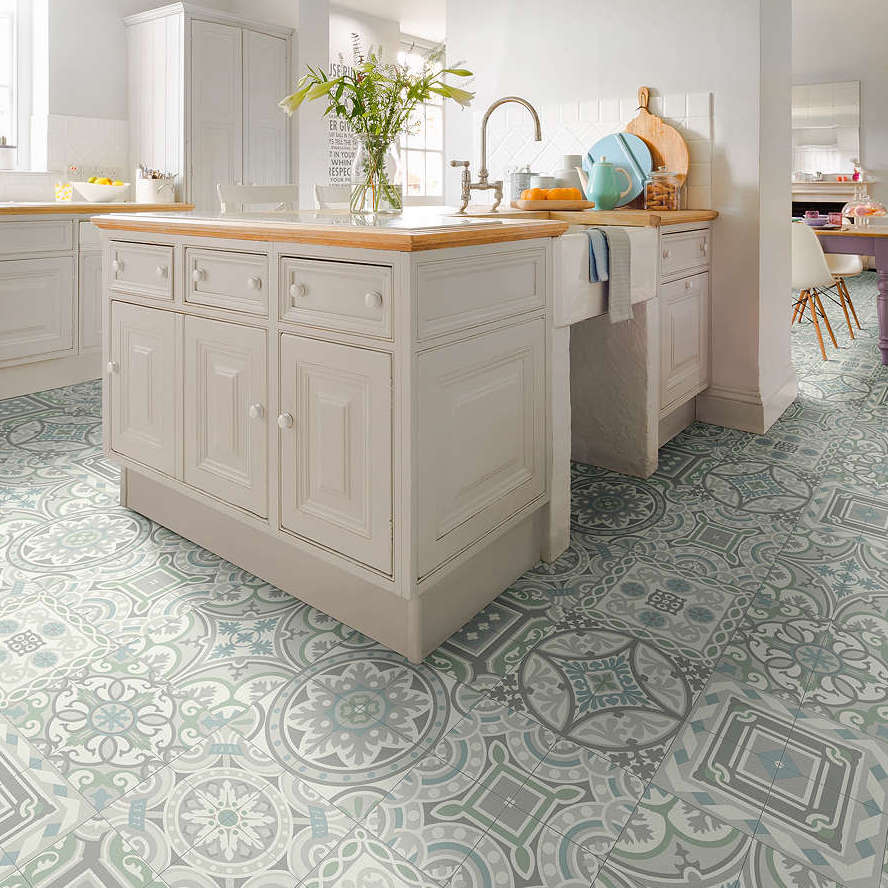How to Choose Pet-Friendly Flooring Materials

Pets are beloved members of the family, but they can also take a toll on your floors with their claws, accidents, and shedding. Choosing the right flooring material is crucial for maintaining a pet-friendly home that is both durable and easy to clean. In Book Maintenance , we'll explore how to choose pet-friendly flooring materials that can withstand the demands of life with pets.
Durability
When selecting flooring for a pet-friendly home, durability is key. Look for flooring materials that are scratch-resistant and can withstand the wear and tear caused by pets' claws. Hardwood flooring with a high hardness rating, such as oak or maple, is a good option for durability. Alternatively, consider engineered hardwood, laminate, vinyl, or tile flooring, which are all durable and scratch-resistant options.
Water Resistance
Pets, especially dogs, can be prone to accidents, spills, and water bowl splashes, so it's essential to choose flooring materials that are water-resistant. Waterproof laminate, vinyl, and tile flooring are excellent choices for pet-friendly homes as they are easy to clean and maintain. Some types of hardwood flooring, such as bamboo or engineered hardwood with a waterproof core, also offer water resistance.
Ease of Cleaning
Pet-friendly flooring should be easy to clean and maintain to keep your home looking its best. Avoid carpeting in areas frequented by pets, as it can trap pet hair, dander, and odors. Instead, opt for hard surface flooring such as laminate, vinyl, tile, or hardwood, which can be swept, vacuumed, or mopped clean with ease.

Scratch Resistance
Pets' claws can leave unsightly scratches on certain types of flooring, so it's essential to choose scratch-resistant materials. Look for flooring with a durable surface finish, such as aluminum oxide or urethane, which helps protect against scratches and wear. Alternatively, consider textured or distressed finishes that can help conceal scratches and imperfections.
Traction
Pets, especially older dogs or those with mobility issues, may struggle on slippery flooring surfaces. Choose flooring materials that provide good traction to prevent slips and falls. Textured tile or vinyl flooring with a non-slip surface is ideal for areas where pets spend a lot of time, such as kitchens, bathrooms, and entryways.
Stain Resistance
Accidents happen, so it's essential to choose flooring materials that are resistant to stains and odors. Look for non-porous materials such as tile, laminate, or vinyl that are easy to wipe clean and won't absorb pet accidents or spills. Some types of hardwood flooring, such as bamboo or maple, are also naturally resistant to stains and odors.
Noise Reduction
Pets can be noisy, especially on hard surface flooring that can amplify the sound of their nails clicking and paws scampering. Choose flooring materials that provide good sound insulation to minimize noise levels in your home. Carpet, cork, and certain types of underlayment can help reduce noise and create a quieter environment for both you and your pets.
Conclusion
Choosing the right flooring materials for a pet-friendly home requires careful consideration of factors such as durability, water resistance, ease of cleaning, scratch resistance, traction, stain resistance, and noise reduction. By selecting pet-friendly flooring materials that meet these criteria, you can create a comfortable and safe environment for both your pets and your family.
